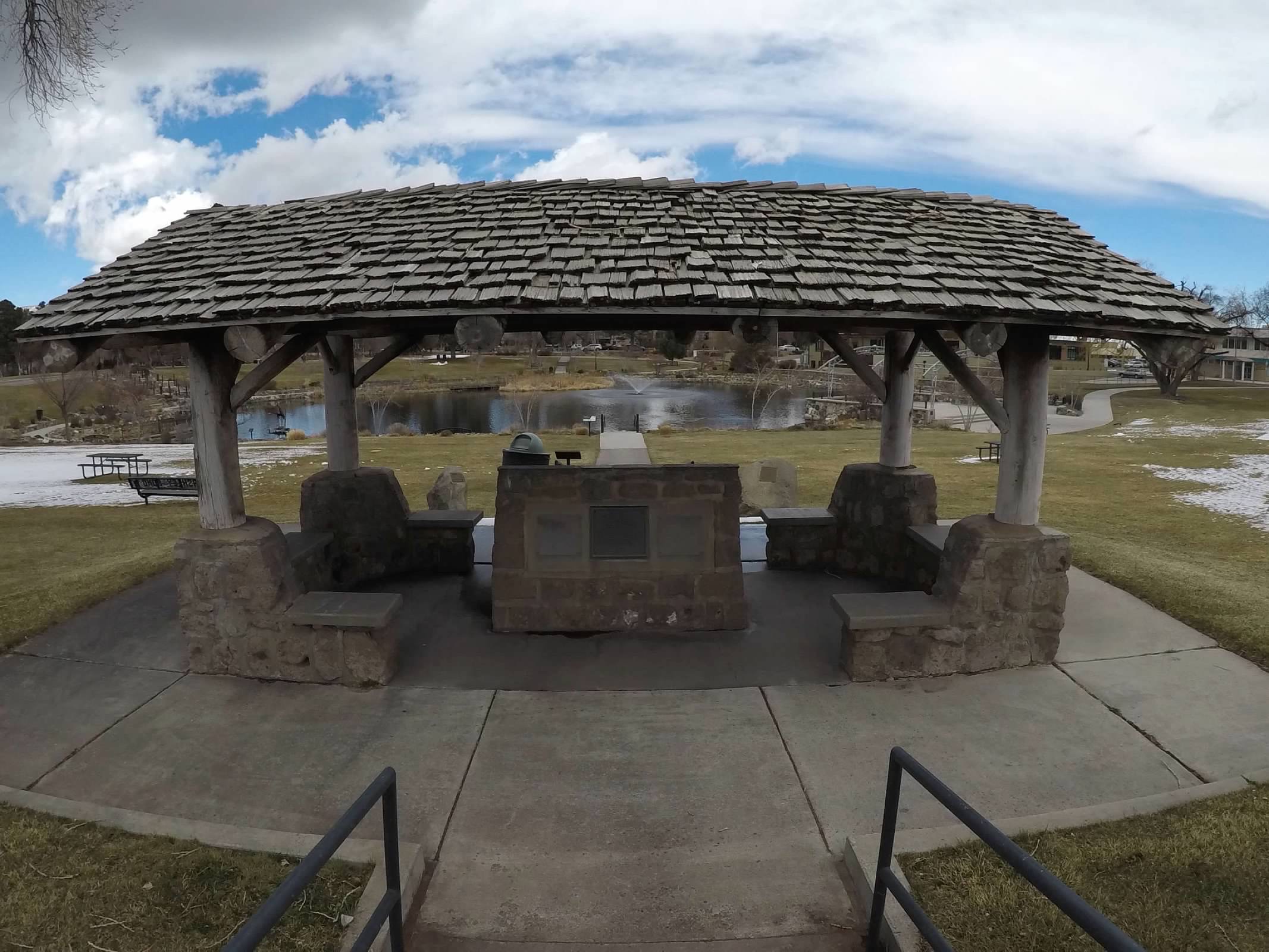Manhattan Project National Historical Park
The United States Department of the Interior established Manhattan Project National Historical Park in 2015 to commemorate the creation of the nuclear weapons that ended the Second World War. The national historical park is made up of three sites Oak Ridge, Tennessee, Hanford, Washington, and Los Alamos, New Mexico.
At Oak Ridge, the Clinton Engineer Works produced enriched uranium. Hanford’s B Reactor produced the plutonium. The scientists who created the bombs lived and worked in Los Alamos, New Mexico.

Manhattan Project’s Selection of Los Alamos
In 1918, Ashley Pond, Jr. developed the Los Alamos Ranch School. The school was modeled on the Boy Scouts of America and intended to provide boys with the opportunity to experience the outdoors while providing college preparatory classes. By 1942, the school’s campus consisted of 54 buildings including houses and dormitories. The school’s remote location in the mountains of New Mexico made it perfect to convert into a secret city. The U.S. Army purchased the school in 1943 and converted the existing facilities into laboratories and homes for scientists and soldiers.

Development of the Secret City
In addition to the Ranch School’s existing buildings, the Army set up numerous temporary buildings that served as additional labs and housing. The existence of Los Alamos was classified. Scientists and their family members living in the secret city were prohibited from sharing the location with others. Los Alamos was so secret that all residents shared the same address: “P.O. Box 1663.”

J. Robert Oppenheimer was one of the world’s leading theoretical physicists when he was placed in charge of the Manhattan Project. He assembled a team of scientists that included six noble prize winners including Hans Bethe and Enrico Fermi. After Oppenheimer’s team designed the first “gadget” in Los Alamos, it was taken to the Trinity Site at White Sands Missile Range where it was successfully tested.

Visiting Manhattan Project National Historical Park
Los Alamos National Laboratory still conducts highly classified nuclear research, so be prepared to show identification when entering the town of Los Alamos. The historical park’s visitor center is located at 475 20th Street near Ashley Pond. Pick up a walking tour map at the visitors center, and then head out to see the sites. The walking tour is dog friendly! Our dog, Liberty, enjoyed stretching her legs after driving in from Albuquerque.

Some of the highlights on the walking tour include the Ice House Memorial, built on the site of the Los Alamos School Ice House where the gadget was assembled, Ashley Pond, which was used for fire control, the Fuller Lodge, where scientists met for recreation, and Bathtub Row, where the leading scientists lived. Bathtub Row got its name because of this stretch of permanent homes were the only houses in the 1940s in Los Alamos with bath tubs. We visited during the filming of Christopher Nolan’s Oppenhiemer, so many sites like Oppenheimer’s house and Hans Bethe’s house were closed to visitors due to filming.

Three important sites which are part of the historical park are located behind the Los Alamos National Laboratory’s fence, so they are currently inaccessible to the public. Those sites include the Gun Sight Facilities, V-Site Facilities, and Parajito Site.

Be sure to check out Bathtub Row Brewing Co-Op after the walking tour. The staff was very welcoming and Liberty appreciated the treats! Bathtub Row Brewing features a series of creatively named brews like Hoppenheimer IPA and Ranch School Rustic Ale. We enjoyed our crowler of RZ’s Honey Wheat.


Check out our post about nearby Bandelier National Monument!
Click here for more Land of Liberty Explorers.
Link this post? Be sure to pin it!


